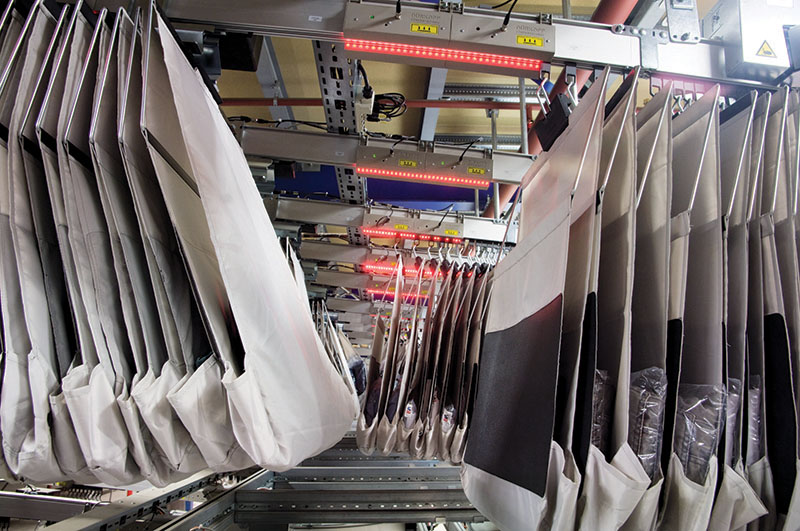Returns: The wild west of materials handling
With few rules and even fewer positive outcomes, returns processing will be a pitched battle with real financial implications in the new decade. Don’t hesitate to join the fight now.
We’ve all seen headlines like these recently.
- Kohl’s is going to accept Amazon returns in all of its stores
- UPS expects a record-breaking 1.9 million returns on National Returns Day
- A $260 billion ticking time bomb: The costly business of retail returns.
Sounds like returns are a serious challenge for retailers, doesn’t it? And then, this breathless gem posted to the CNBC home page a few days before Christmas:
- More online sales mean retailers need to solve a $50 billion returns problem this holiday season
Wow! Right now. Really? Or, what happens? Retail goes bankrupt? Not exactly.
That $50 billion number is what Optoro, which offers a returns optimization platform, estimates to be the profit lost by retailers due to returns. Now, that’s a significant chunk of change, however…
And that “however” is the story of returns, also known as reverse logistics.
As much as some would like, returns are not going away. In fact, “returns are just part of the e-commerce culture,” says Zac Rogers, assistant professor of supply chain management at Colorado State University.
His research pegs the e-commerce returns rate at 30%. For brick-and-mortar stores, the number is less than 10%. Rogers also says the typical retailer spends 4.4% of total revenues dealing with returns.
While that earlier headline put the total value of all retail returns at $260 billion, the National Retail Federation put the number at $370 billion in 2018. Rogers sees it skyrocketing to more than $1 trillion annually in a few years.
“Returns is a massive trend starting to rear its head. Volumes are poised to explode,” says Rob Dold, senior account executive at Fortna.
However.
Returns is one distribution center process that doesn’t get the respect it should. Typically, no one owns returns. No one wants to process them. Few even care that real profit and margin are tied up in those returns sitting in the back corner.
That perfect storm of realities is the problem, not the fact that returns exist or in the volumes they do. Yes, returns is the wild west of materials handling.
Arms around the problem
To establish a baseline for the returns challenge, Dematic surveyed reverse logistics globally. Mike Khodl, vice president of global solutions management, says Dematic learned this:
- Every company surveyed manages returns differently;
- Returns processing for even the most efficient is chaos at best;
- All are trying to figure out the optimal way to manage returns; and
- The average time to process returns was 5 days with 14 days the worst case.
And, that’s only the top-line takeaway on returns.
While every other process in a DC has dedicated equipment and software to expedite operations, returns has few such options—what is out there is at best a partial solution. Quite simply, there is no way to entirely automate returns handling; however, some returns processes are less manual than others.
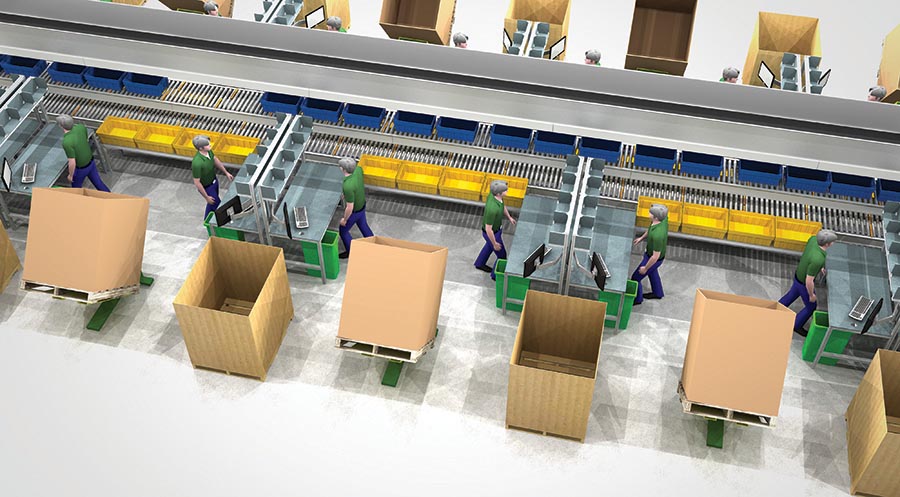
Returns are not simply the reverse of forward logistics. To manage returns effectively requires an organized process dedicated to inspecting and processing returns prior to their final disposition.
The unpredictability of returns is problematic. “Returns are a complete unknown and are entirely a customer decision,” explains Bryan Jensen, chairman and executive vice president of St. Onge. “The seller has no say in the buyer’s decision to return any item. However, the seller has to both satisfy the already unsatisfied customer and minimize the disruption to its operations,” adds Jensen.
There’s also the urgency of completing the returns process in a timely fashion. It’s one thing to return an item to a store and the consumer to receive a credit to a charge card on the spot. It’s something else entirely to return an item through the e-commerce channel and wait for the company’s review of the item and appropriate crediting of the account.
According to John Lee, vice president of business development at goTRG, most companies deal in days or even weeks to process returns. He says that needs to become hours for the benefit of consumers and retailers alike.
While consumers want the return behind them, so does the retailer. The quicker the resolution, the quicker the item can be resold. That urgency is amplified with seasonal items from holiday garments to patio furniture.
Setting the stage
To complicate the situation, a fundamental misunderstanding of the returns process is out there.
“The implication is that returns are simply the reverse of forward logistics,” says Jim Tompkins, chairman and CEO of Tompkins International. “Nothing could be further from the truth. Reverse logistics is not forward logistics backward,” he adds. Returns, quite simply require their own strategy, policy and process.
Too often, returns are often considered a tactical issue. In fact, returns are strategic. A big picture approach is crucial to returns as a class of inventory, a type of transaction and a discrete process from the DC to accounting, points out Tompkins. Details range here from a straightforward, specifically detailed returns policy to a returns process with specified staffing requirements.
And, oh yes, someone has to own returns, explains Navjit Bhasin, founder and CEO of Newmine. He says research done with the Retail Value Chain Federation shows that business areas from merchandising to supply chain and the executive team are often considered the owner of returns. And, the executive with ultimate responsibility is equally broad.
Bhasin strongly advocates that a chief returns officer be designated. Who that person is depends on the organization. But in every case, that person needs to take responsibility for returns and collaborate with many functional groups including merchandising, marketing, supply chain and finance. Good returns management is not an island.
Managing the returns process
As was said earlier, returns processing at this point is primarily, if not exclusively at most locations, manual. Quite simply, so many of the steps in returns are what humans do best.
The best scenario is the return of an item that was not removed from its original packaging. These can typically be re-inventoried for future sale with minimal handling.
All other items must be manually unpacked and inspected. People look for damage or other types of imperfections that would preclude re-stocking of the item for future sale by the retailer. While some of these items can be quickly re-inventoried, others are only suitable for secondary market resale. The most damaged of items are simply trashed, the least desirable of all outcomes.
Transportation and sortation of returned items in a facility is one of the few spots where automation is possible today. Both Dematic and Knapp offer pouch systems that sort returns between processing stations, including inspection and restocking.
Khodl describes Dematic’s solution as a sub-system that accelerates and streamlines all the processing steps required to provide customer credit, enter exchanged orders and make returned items available for sale. It also optimizes workflow to improve productivity and operational effectiveness, he continues.
“The modular system design allows users to re-configure the layout and change software parameters to execute a new operating plan or to revise workflow strategies,” adds Khodl.
The Knapp offering, says Kevin Reader, director of business development and marketing, is modular and manages all SKUs in a minimum of sorts. Reader adds that the system is highly space efficient and can run overhead at multiple levels. It processes returns quickly, minimizing inventory carrying costs by expediting items to active inventory or other disposition loops.
Then there’s the matter of what happens if an item can’t simply be re-inventoried and sold again. As Lee of goTRG points out, the secondary market is a complicated world, making the final disposition of those returns complicated at best. The company uses data analytics and machine learning to help retailers receive the highest price for their returns at the SKU level. “People just can’t go sufficiently granular fast enough otherwise,” says Lee.
Walking the walk
Someone who knows how returns work in reality is Krutin Shah, director of distribution for Adore Me, an on-line lingerie retailer. The company launched in 2012 and added a subscription service in 2017.
For Adore Me, returns are a guarantee, especially with the subscription service, which ships more than 100,000 items monthly. Shah says the company knew that returns would be a challenge to manage. “At least half of our subscription customers return half the items they receive with each shipment,” he adds.
To accommodate the expected challenges, the subscription service rolled out incrementally to ensure success. Along the way, says Shah, returns processes have been modified many times as the dozen people working one shift six days a week find more effective techniques. Key here has been tracking patterns in the condition of the returns to streamline handling, and accommodating those patterns as best as possible.
“Things will change and you will have to rely on your associates to identify what is changing and the best way to deal with it,” says Shah. Today, he estimates that the returns process is 60% effective. The most effective any returns system can become, he says, is probably 80%.
This year, Shah is looking into one automation step. Half of the subscription returns come back in unopened bags. He hopes to be able to create an automated process to scan the bar code on the bags and return them directly to inventory.
That said, Shah and others in his shoes live in the wild west of returns management. Barely controlled chaos is likely to be the best outcome for the foreseeable future. However (there’s that word again) with returns costing more than 4% of total revenue to manage, this is a wild west worth taming
Companies mentioned in this article:
Featured Conveyors & Sortation Products:
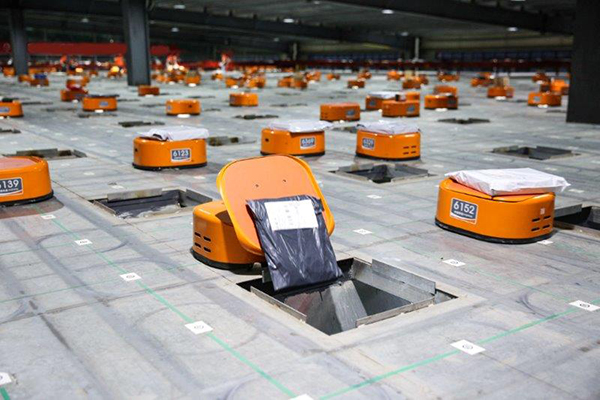 TiltSort-Bot autonomous mobile robot high speed sortation system
TiltSort-Bot autonomous mobile robot high speed sortation system
Modular AMR offers users faster speed and ROI.
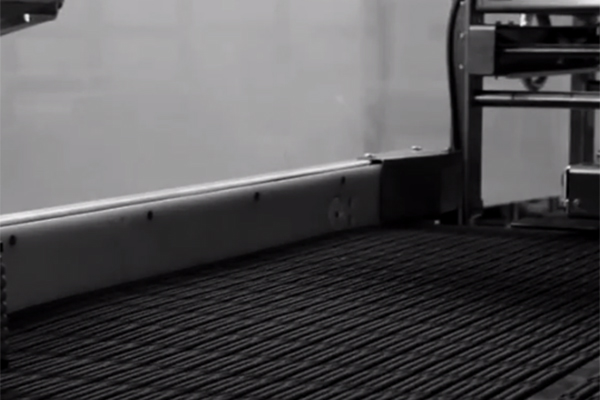 Activated Roller Belt (ARB) Sorter S7050
Activated Roller Belt (ARB) Sorter S7050
Bi-directional sorter handles boxes, bags and primary packaged items.
 Cross Tray high-speed unit sorter
Cross Tray high-speed unit sorter
Sort unconveyables with high-speed unit sorter.
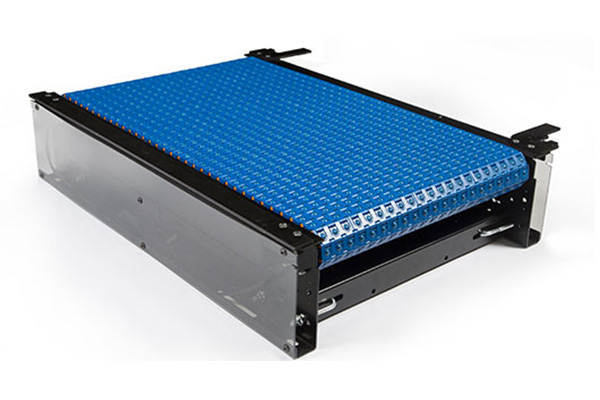 Modsort 24-volt transfer system
Modsort 24-volt transfer system
Modular transfer and diverter station for all types of packages.
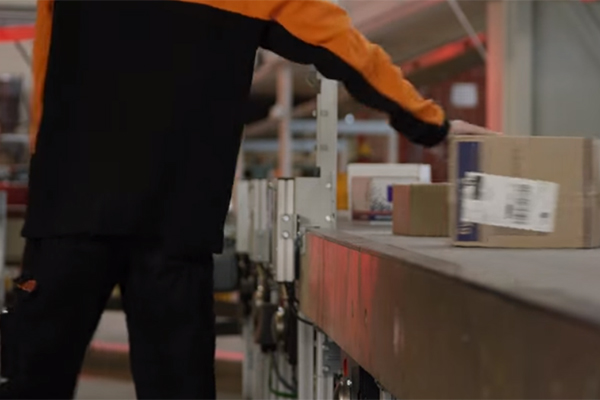 VanRiet HC sorter
VanRiet HC sorter
Sliding shoe sorter can handle up to 110 pounds.
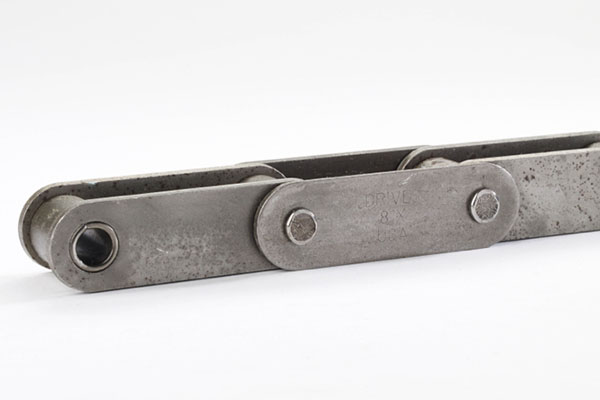 Roller Conveyor Chain
Roller Conveyor Chain
Roller chain provides users a maintenance-free, sintered option.

Article Topics
Conveyors & Sortation News & Resources
Problem Solved: How a Fulfillment Center Got Back on Track Trew showcases high-throughput modular sortation TrewSort line sorter Coesia acquires AMC, LLC Power Transmission: From horseback to rocket ship Henry Puhl to become the new CEO of TGW Logistics Regal Rexnord to sell its Industrial Motors & Generators businesses to WEG Analyst study: parcel sortation market to top $4 billion by 2030 More Conveyors & SortationLatest in Materials Handling
Geek+ and System Teknik deploy PopPick solution for pharmacy group Med24.dk Beckhoff USA opens new office in Austin, Texas Manhattan Associates selects TeamViewer as partner for warehouse vision picking ASME Foundation wins grant for technical workforce development The (Not So) Secret Weapons: How Key Cabinets and Asset Management Lockers Are Changing Supply Chain Operations MODEX C-Suite Interview with Harold Vanasse: The perfect blend of automation and sustainability Consultant and industry leader John M. Hill passes on at age 86 More Materials HandlingSubscribe to Materials Handling Magazine

Find out what the world's most innovative companies are doing to improve productivity in their plants and distribution centers.
Start your FREE subscription today.
April 2024 Modern Materials Handling

Latest Resources


